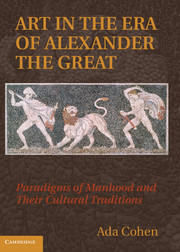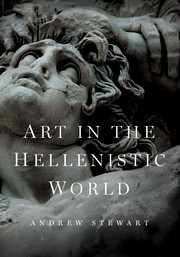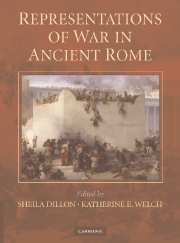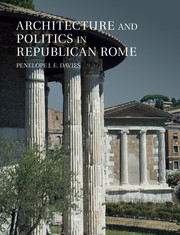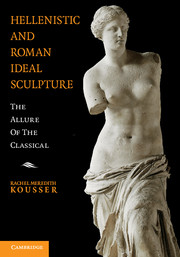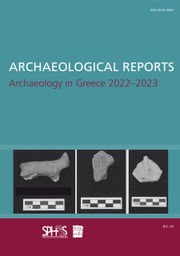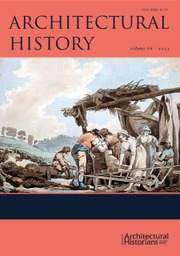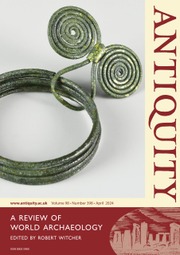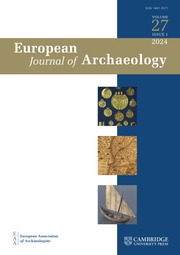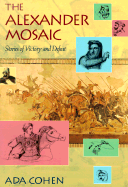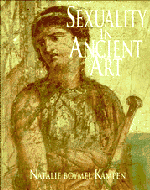Art in the Era of Alexander the Great
In this book, Ada Cohen focuses on art produced in Macedonia during the late Classical and early Hellenistic period, which coincides with the reigns of Philip II, his famous son Alexander the Great, and their immediate successors. Although inspired by traditional Greek themes and ideals, this body of artwork articulated specifically Macedonian aspirations. Cohen focuses on three key 'masculine' themes - warfare, hunting, and abduction of women - exploring their visual and conceptual interconnections. She demonstrates their preoccupation with the visual celebration of violence and studies the analogies they draw among the ideological categories of 'enemy', 'animal', and 'woman'. Simultaneously historical and thematic, Cohen's text is structured around select paintings and mosaics from northern Greek sites, such as Pella and Vergina, and from both secular and funerary contexts. She also examines monuments from other ancient contexts and in other media to illuminate specific questions of style, theme, and meaning.
- Focuses on a period studied predominantly for its history rather than its art
- Offers a wide-ranging exploration of this art within a diachronic cultural framework
- Integrates the perspectives of art-historical theory and an attention to gender within the study of monuments
Product details
August 2010Hardback
9780521769044
422 pages
261 × 187 × 25 mm
1.05kg
134 b/w illus. 11 colour illus.
Available
Table of Contents
- 1. Introduction: themes and issues
- 2. Figural mosaics in the House of the Abduction of Helen at Pella: three themes
- 3. Master of lions (and other animals)
- 4. War as hunt
- hunt as war?
- 5. Rape as hunt
- hunt as rape?
- 6. Rape as war
- war as rape?
- 7. Abduction and femininity
- 8. Hunt and masculinity
- Epilogue: fixing the pose.

